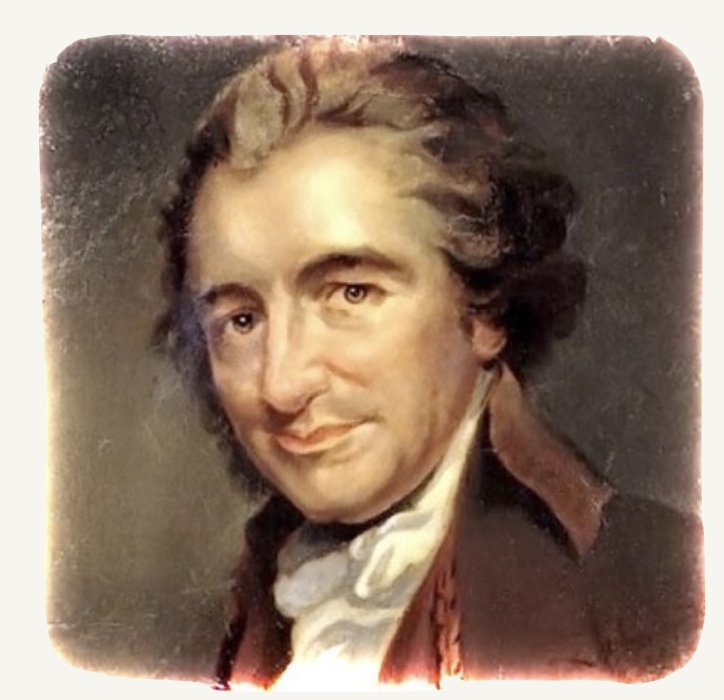The idea of universal property isn’t new. It was invented more than two hundred years ago by Thomas Paine, the English-born essayist who inspired America’s revolution and much else.

There are two kinds of property, Paine wrote in his 1797 essay, Agrarian Justice: “Firstly, property that comes to us from the Creator of the universe — such as the Earth, air and water; and secondly, artificial or acquired property — the invention of men.” The latter kind of property must necessarily be distributed unequally, but the first kind belongs to everyone equally. It is the “legitimate birthright” of every man and woman.
To Paine, this was more than an abstract idea; it was something that could be implemented within a laissez faire economy. But how? How could the Earth, air and water possibly be distributed equally to everyone? Paine’s practical answer was that, though the assets themselves can’t be distributed equally, income derived from them can be.
How again? Here Paine came up with an ingenious solution. He proposed a ‘national fund’ to pay every man and woman about $18,000 (in today’s dollars) at age twenty-one, and $12,000 a year after age fifty-five. In effect, nature’s gifts would be transformed into grants and annuities that would give every young person a start in life and every older person a dignified retirement. Revenue would come from ‘ground rent’ paid by private land owners upon their deaths. Using contemporary French and English data, Paine showed that a ten percent inheritance tax — his mechanism for collecting ground rent — could fully pay for universal grants and annuities.
What Paine invented here was a prescient stroke of genius. Long before Wall Street created its first derivatives, Paine designed a simple way to monetize co-inherited wealth for the equal benefit of everyone. It is a model as relevant — and revolutionary — today as it was then.

